First was the heat. Heat in Florida isn’t so much searing as it is stifling. Summer temperatures hover in the middle nineties, but the humidity makes it feel at least 10 to 20 degrees hotter than that. Sweat pours off a person in sheets. If there’s a breeze, it’s at best tolerable. But if the air is still, a cloud of heat hangs around your body like a presence. The New Americans had never felt heat like this.
Before they could even build their farms, though, they first needed to clear land. Cutting through virgin pines, oaks, and palmettos with late 19th Century tools was slow going. Progress was measured in inches at times, but eventually land was cleared, homes were built, and the business of farming began.
Neither Sanford nor the immigrants knew it, but the community was doomed from the start. Mosquitoes – which some call the Florida state bird - are ever percolating in the still waters of Florida. After a year or so, the mosquitoes brought a deadly disease to their doorsteps that would put an end to St. Joseph’s.
Southerners, and Floridians in particular, lived in mortal fear of mosquito-borne yellow fever. Back then, no one really understood the disease. It was a commonly held belief that it was spread through the air. During outbreaks, many people would move to the coastal cities, thinking the air would be purer there. But even those who lived on the coast couldn’t escape yellow fever. It had a high mortality rate, and it was known to wipe entire communities off the map.
In 1886 or 1887, a family of four, whose names are now lost to history, lost one child, then the other to yellow fever. Soon the parents died as well, all before the priest could arrive from Tampa to give them their Last Rites. They were all hastily buried on their land, and the remaining pioneers abandoned their homesteads in fear of the disease and promptly left the state.


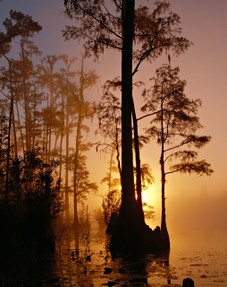 To tell this story, I first need to strip away everything you think you know about modern Florida. Take away the nearly 20 million people who reside here and the millions more who flock to the Sunshine State each year.
To tell this story, I first need to strip away everything you think you know about modern Florida. Take away the nearly 20 million people who reside here and the millions more who flock to the Sunshine State each year.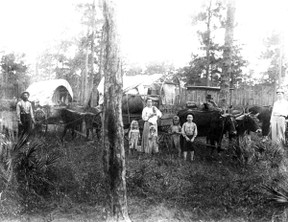 In the 1860’s and ‘70’s, things began to change. By this time, most Indians had been sent to reservations, and the newly constructed railroad lines made the interior easier to access. The interior saw a surge of settlers who wanted to build their lives in the Florida Territory. Soon, small cities were built, most often beside the many lakes and rivers that make up the majority of the State of Florida.
In the 1860’s and ‘70’s, things began to change. By this time, most Indians had been sent to reservations, and the newly constructed railroad lines made the interior easier to access. The interior saw a surge of settlers who wanted to build their lives in the Florida Territory. Soon, small cities were built, most often beside the many lakes and rivers that make up the majority of the State of Florida.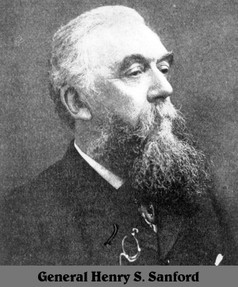 It’s not that he was a pious man. He had bought a surplus of land he wanted to unload at a huge profit. He split the land into 10 acre plots and marketed it as St. Joseph’s. His plan was to sell them to German immigrants seeking a new start in America. He printed pamphlets that made Florida sound like a promised land with a warm climate that supported year-round planting in fertile soil.
It’s not that he was a pious man. He had bought a surplus of land he wanted to unload at a huge profit. He split the land into 10 acre plots and marketed it as St. Joseph’s. His plan was to sell them to German immigrants seeking a new start in America. He printed pamphlets that made Florida sound like a promised land with a warm climate that supported year-round planting in fertile soil. 




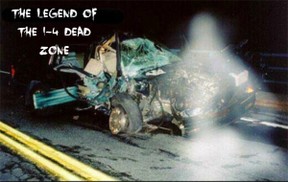 Weird apparitions had been spotted in that field, weirder things were experience by neighbors, and nothing good came to those who desecrated that sacred spot. With the unexplained phenomena and now a death, locals began calling the land that contained the four graves the “Field of the Dead” and stayed away.
Weird apparitions had been spotted in that field, weirder things were experience by neighbors, and nothing good came to those who desecrated that sacred spot. With the unexplained phenomena and now a death, locals began calling the land that contained the four graves the “Field of the Dead” and stayed away.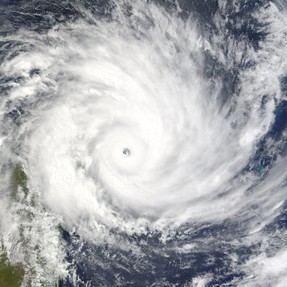 Out in the Gulf of Mexico, a massive hurricane named Donna was brewing. It was well away from the coast of Florida and on its way to Louisiana. Only the Gulf Coast of Florida might experience choppy waves, if that. The meteorologists, using their most up-to-date technology at the time, had predicted it to happen just that way. There was no reason to believe anything different.
Out in the Gulf of Mexico, a massive hurricane named Donna was brewing. It was well away from the coast of Florida and on its way to Louisiana. Only the Gulf Coast of Florida might experience choppy waves, if that. The meteorologists, using their most up-to-date technology at the time, had predicted it to happen just that way. There was no reason to believe anything different.






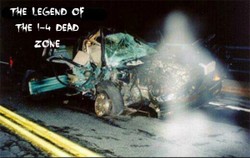

 How to Learn to Make Money Online Bloggingon 11/08/2015
How to Learn to Make Money Online Bloggingon 11/08/2015
 Funky Retro Fun with the Polaroid Socialmatic Instagram Camera and Accessorieson 01/01/2015
Funky Retro Fun with the Polaroid Socialmatic Instagram Camera and Accessorieson 01/01/2015
 Easy to Make Paw Print Christmas Ornament Kiton 11/25/2014
Easy to Make Paw Print Christmas Ornament Kiton 11/25/2014
 Romantic Our First Christmas Together Ornamentson 11/22/2014
Romantic Our First Christmas Together Ornamentson 11/22/2014

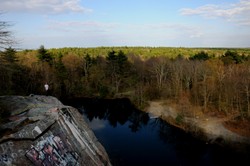

Comments
Hmmm... I've driven that stretch more times than I can count, and have never noticed anything out of the ordinary. But the unusual accident rate. plus the paths of Donna and Charley (both of whom I remember) certainly do make one wonder. I'll be sure to take note next time i drive that way!
No. Alligator Aaley is a part of I 75 that runs through the Everglades. Plenty of gators but no ghosts!
Is this the same as Alligator Alley?
Me too!
There are no "good roads" left in central Florida. They have all been turned into 4 lane highways to accommodate the people. Each time I go back to visit my son I barely recognize the area. It's a shame. But there are still some very nice areas in Florida that only us locals know about ;) or care to visit. When I see Mickey Mouse I shiver... hahaha...
It is horrible down there! I'm just antisocial I guess, I can't stand all the people. They bug me!
I wonder what the accident rate is on 95 down there as well. It should be just as congested. I'm glad you like the northeast and the lack of tourists there!
I lived in that area of Florida for almost 30 years. I lived just north of Sanford, in Deltona, where my son still lives. In fact he works in Sanford as a firefighter. I don't remember hearing these ghost stories, but I do know that I4 is a horrible road for accidents and heavy traffic. We used to avoid it as much as possible for those reasons.
Your story is so well written Abby, and I really enjoyed it. I think personally that the reason for all the deaths is the huge influx of people to the state. It's bursting at the seams with new residents and tourists. It's one of the reasons I moved out!
I agree it's best to look at things logically and formulate opinions based in fact. It's odd at best and sinister at worst there on the highway
The phenomenological approach requires that we objectively document phenomena without passing judgment and only then begin to formulate hypotheses. This is not methodological skepticism, but suspending of judgment. But something odd and nasty is going on. Getting the place blessed might be useful.
Even if you don't believe in any of it, there's no denying a out of accidents seem to happen there for no good reason. Thanks for reading!